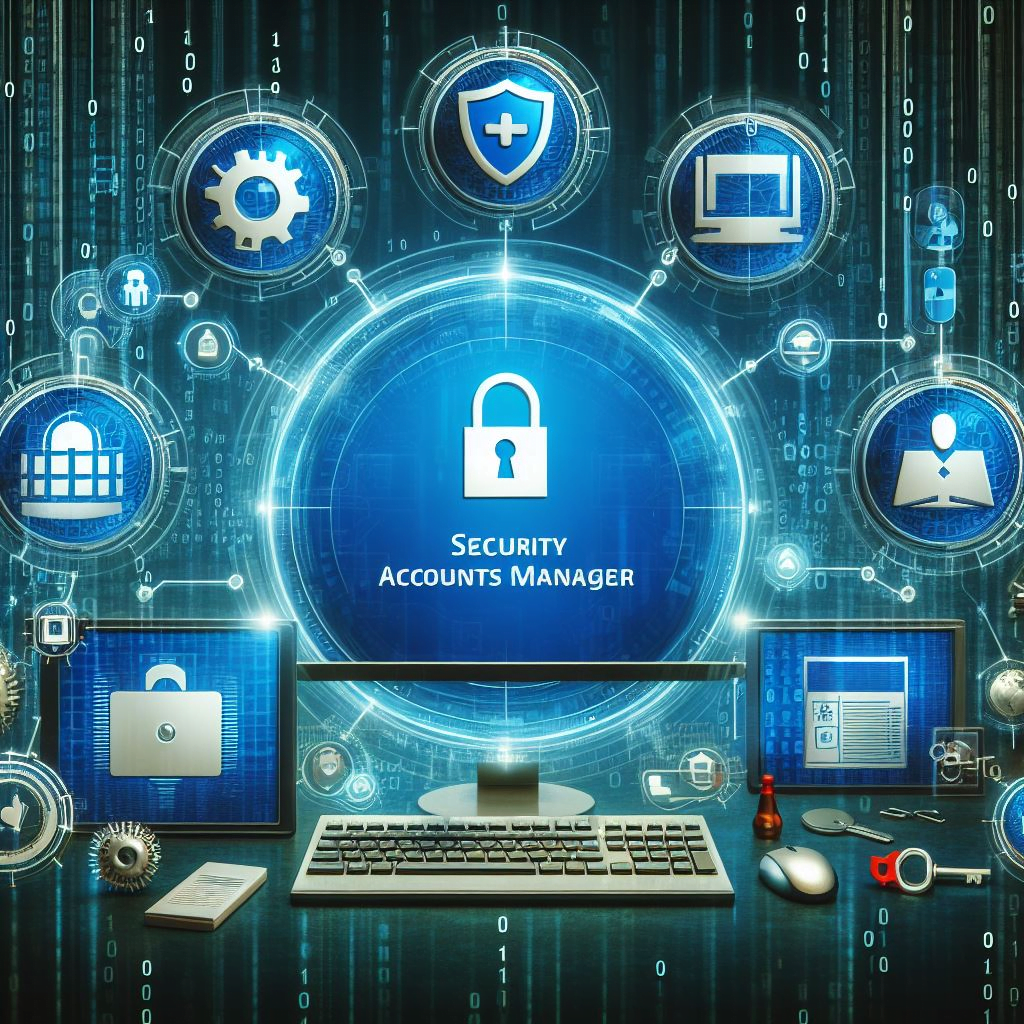As we step into 2024, the digital domain continues to be an arena of intense activity where cybersecurity is not just a technical necessity but a cornerstone of digital trust and resilience. The relentless advance of technology has not only propelled us forward but also expanded the battleground for cyber threats. This year, the importance of cybersecurity is underscored by the increasing reliance on digital infrastructure and the proliferation of data-driven technologies.
The impact of technological advancements on security protocols is profound. Innovations such as AI and machine learning have revolutionized threat detection and response, enabling a proactive stance against cyber incursions. However, these advancements also present new vulnerabilities, as cybercriminals exploit emerging technologies to orchestrate more sophisticated attacks.
In this era of digital transformation, staying ahead of the curve in cybersecurity is not just a technical challenge but a strategic imperative. As we embrace the dawn of AI-driven defense, we must also prepare for the emerging threats that accompany such progress.
1: Generative AI in Cybersecurity
The Advent of GenAI in Cyber Defense
Generative AI (GenAI) has emerged as a transformative force in the cybersecurity landscape. It encompasses advanced algorithms capable of creating data models that closely mimic authentic patterns, providing a sandbox environment for security systems to learn and evolve. This innovation allows for the simulation of cyber threats in a controlled manner, enabling the development of robust defense mechanisms before real-world attacks occur.
Harnessing GenAI for Proactive Security
The proactive capabilities of GenAI are reshaping how we approach cybersecurity. By generating complex data scenarios, GenAI aids in the training of cybersecurity systems, enhancing their predictive capabilities. It serves as a force multiplier, allowing security teams to anticipate and neutralize threats with greater precision and speed. The automation of threat detection processes through GenAI not only increases efficiency but also allows human experts to focus on strategic security planning and response.
Navigating the Challenges of GenAI
While GenAI offers significant advantages, it also introduces new challenges to the cybersecurity domain. The same tools that strengthen defenses can be co-opted by malicious actors to develop sophisticated attack strategies. The adaptability of GenAI means that cyber threats can become more elusive, requiring constant vigilance and adaptation from cybersecurity professionals. Moreover, the integration of GenAI into security protocols must be managed carefully to avoid introducing vulnerabilities that could be exploited by adversaries.
In embracing GenAI, the cybersecurity community must balance innovation with caution, ensuring that the benefits are maximized while the risks are mitigated.
2: Human Element in Cybersecurity
The human element remains a pivotal factor in cybersecurity. Employee behavior can inadvertently lead to security breaches, with studies indicating that a significant percentage of incidents stem from human error. To mitigate this, organizations are adopting multifaceted strategies to enhance cybersecurity awareness and training. These include interactive training modules, regular security updates, and engaging awareness campaigns that resonate with employees’ daily activities. By fostering a culture of security mindfulness, companies aim to transform their workforce into the first line of defense against cyber threats. Empowering employees with the knowledge to identify and respond to security risks is crucial for creating a resilient organizational cybersecurity posture.
3: Third-Party Risks
In 2024, organizations continue to integrate third-party vendors into their operations, increasing efficiency but also expanding the attack surface for cyber threats. To manage these risks, best practices include conducting thorough risk assessments, enforcing strict security policies, and maintaining continuous monitoring of third-party activities. It’s crucial to ensure that vendors adhere to the same security standards as the primary organization and to establish clear communication channels for reporting potential security incidents. By implementing these strategies, companies can safeguard their data and systems against vulnerabilities introduced by third-party relationships.
4: Continuous Threat Monitoring
In the dynamic realm of cybersecurity, the need for real-time threat detection and response has become a non-negotiable aspect of an effective security posture. The year 2024 underscores this necessity as cyber threats grow in both sophistication and frequency, making traditional periodic monitoring approaches obsolete.
Real-time threat detection systems are now the cornerstone of cybersecurity strategies, providing the agility to identify and neutralize threats as they emerge. These systems leverage cutting-edge algorithms and machine learning to continuously scan the digital landscape, ensuring that any suspicious activity is instantly flagged and addressed.
Supporting these detection systems, a suite of tools and technologies for continuous threat exposure management (CTEM) has become integral to maintaining robust security. CTEM programs encompass a range of solutions, including digital risk protection services, vulnerability assessments, breach and attack simulations, and penetration testing as a service. These tools work in concert to provide a comprehensive view of an organization’s security posture, allowing for the prioritization and mitigation of risks in real-time.
As we navigate through 2024, the adoption of these advanced technologies is not just a trend but a fundamental requirement for safeguarding digital assets against the ever-evolving cyber threat landscape.
5: Cybersecurity Metrics and Boardroom Communication
In the intricate dance of cybersecurity, outcome-driven metrics (ODMs) play a pivotal role. They serve as the compass that guides strategic decisions, aligning cybersecurity initiatives with business objectives. ODMs translate technical security data into actionable insights, enabling executive boards to grasp the effectiveness of cybersecurity investments.
Bridging the communication gap between cybersecurity teams and executive boards is crucial. It ensures that security strategies are not only understood but also championed at the highest levels of leadership. By adopting ODMs, organizations foster a shared language, allowing for a clear demonstration of how cybersecurity measures contribute to the overall resilience and success of the business.
6: Identity-First Security Approach
The cybersecurity landscape is witnessing a paradigm shift towards an identity-first security approach. This strategy places the user’s identity at the core of security measures, ensuring that access to resources is granted based on verified identities. Implementing identity-first strategies involves adopting robust Identity and Access Management (IAM) systems, enforcing multi-factor authentication, and maintaining strict access controls.
To prevent identity-based attacks, organizations are focusing on strong password policies, regular user education, and the deployment of advanced security solutions like behavioral analytics. These measures collectively create a security environment where user identities are the gatekeepers, significantly reducing the risk of unauthorized access and data breaches.
Conclusion
As we encapsulate the cybersecurity narrative of 2024, it’s evident that the digital defense landscape is undergoing a profound transformation. The advent of Generative AI (GenAI) has introduced both innovative solutions and complex challenges, necessitating a balanced approach to harness its potential while mitigating risks. The human element, with its susceptibility to error, underscores the need for continuous education and a culture of security mindfulness within organizations.
The reliance on third-party vendors has expanded operational capabilities but also increased vulnerabilities, making rigorous risk management and vendor oversight imperative. Real-time threat detection and continuous monitoring have become the linchpins of a resilient cybersecurity strategy, leveraging advanced tools and technologies to manage the ever-present threat exposure.
Outcome-driven metrics (ODMs) have bridged the communication gap between cybersecurity teams and executive boards, aligning technical efforts with business outcomes. The shift towards an identity-first security approach has placed user verification at the forefront of access management, fortifying defenses against identity-based attacks.
Looking ahead, the future of cybersecurity hinges on our collective vigilance and adaptability. Staying informed and proactive is crucial in a world where cyber threats evolve rapidly. By embracing innovation and fostering resilience, we can navigate the complexities of cybersecurity and safeguard our digital future.


